Trees are a species of life that often get overlooked. Who could’ve known they were so important to us, to the world around them, and so unique! We decided to do lots of learning about trees. Take a look at all the fun!
We started our journey by reading the story of a girl who lived in a tree to save a forest. She was trying to protect the tress, because the forest relies on them as much as we do! We were pretty inspired to learn more about these amazing trees that have been around for thousands of years!
After learning one person’s story about trees, we were inspired to learn more about trees, and it just so happened there was a Mystery Doug (mysterydoug.com) about the world’s largest trees! There we learned that by largest, we could mean the tallest, the widest, or the heaviest. There are three different trees that fit those categories.
From this Mystery Doug session, we learned that there are some other really cool trees in the world. In Alaska, we don’t have many giant trees, and we also don’t have many large pinecones. We were pretty shocked to see this!
Learning about all sorts of cool and unique trees in the world made us want to explore them more and even design our own learning posters, so we could teach others. Check out just a few of the ones we made!
As we were learning about all the cool different trees, our librarian made us a memory match game that featured many of the cool trees we learned about! Here and Here are the templates for memory match, in case you also want to play! If you would like to have the tree mini-posters, they can be found here and here.
After all the cool learning about these amazing trees, we really wanted to see the biggest trees up close. Living in Alaska, we knew we would have to travel a long ways to see them. Except, we COULD actually go to visit the largest trees. Through California Ports Program, several classes were able to go on a Virtual Field Trip to Sequoia National Park in California, to learn from the park ranger experts! Meet Ranger Jenny, who ALSO showed us some giant pinecones from California.
As we were learning about conifer trees (the trees that have seeds in pinecones), we were surprised to discover that the largest trees have really little pinecones and that the purpose of the pine cones is to protect the seeds.
We got to talk about what the little seeds looked like and why they might have this appearance. Ranger Jenny thought the seeds look like granola.
Even with tiny little seeds, these grow to be the heaviest trees in the world. Life for a seed is hard, and we guessed the 5 things that seeds need in order to grow: air, dirt, sunlight (food), space, and water. We were wondering what the little trees look like, from the seeds, before they become big trees. Check this out! These are called “seedlings” (instead of saplings, like other small trees), wow they are tiny!
The Sequoias have a furry best friend, that helps them continue to thrive. The Chicory Squirrel has an amazing job of spreading the seeds out so that more trees can grow.
In our adventures learning from the experts, we got to understand how the trees do so much more for the earth and for the surrounding forests. He got a chance to see the black bears, which are the largest animal present, in Sequoia National Park. We also learned that California used to have brown bears, like Alaska does, but that they haven’t had them in a long time.
Another awesome creature that benefits from the giant Sequoia trees is the Pacific Tree Frog, which is as small as a finger tip, but really loud, surprisingly.
In all our learning adventures, getting a chance to interact with the experts, to experience the forests that are so different than ours, is our favorite part of the educational technology we use in the classroom and library.
Asking questions is a great way to deepen our learning and understanding. One of us asked if she could show us just how big some of the trees are, by standing next to it. Behind her is one of the trees that was cut down before people realized just how valuable they really are. See the flat line? That is the stump of the tree. Ranger Jenny shared that if that tree hadn’t of been cut down, it would be one of the largest trees today!
Thanks for joining us as we “sprouted” our learning and appreciation for the fabulous trees the world has!

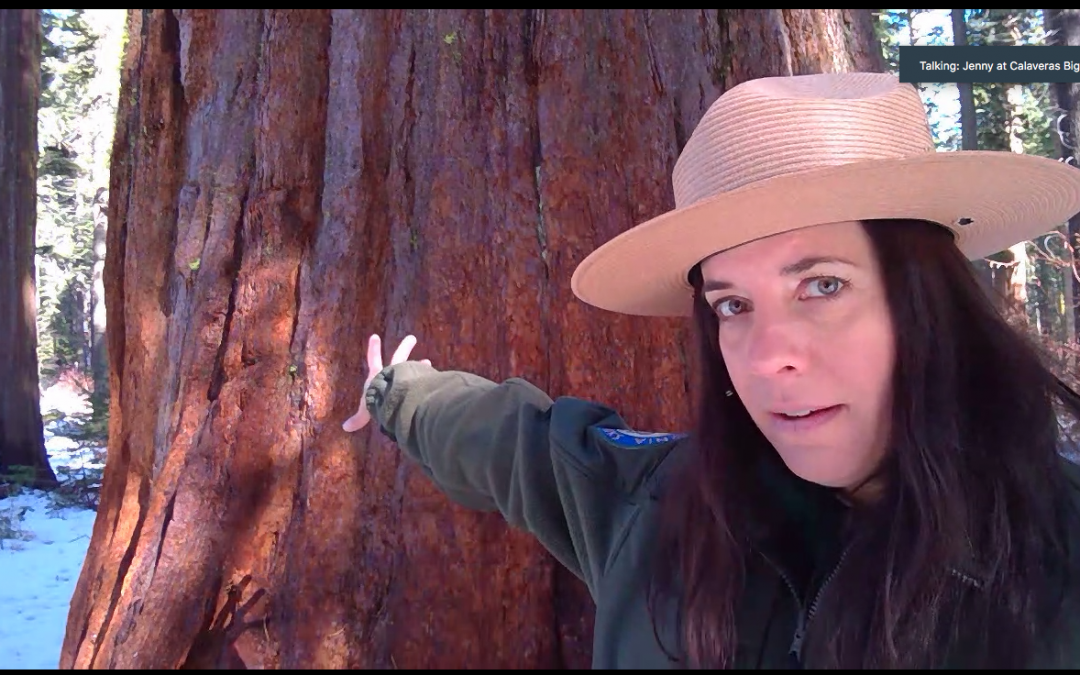
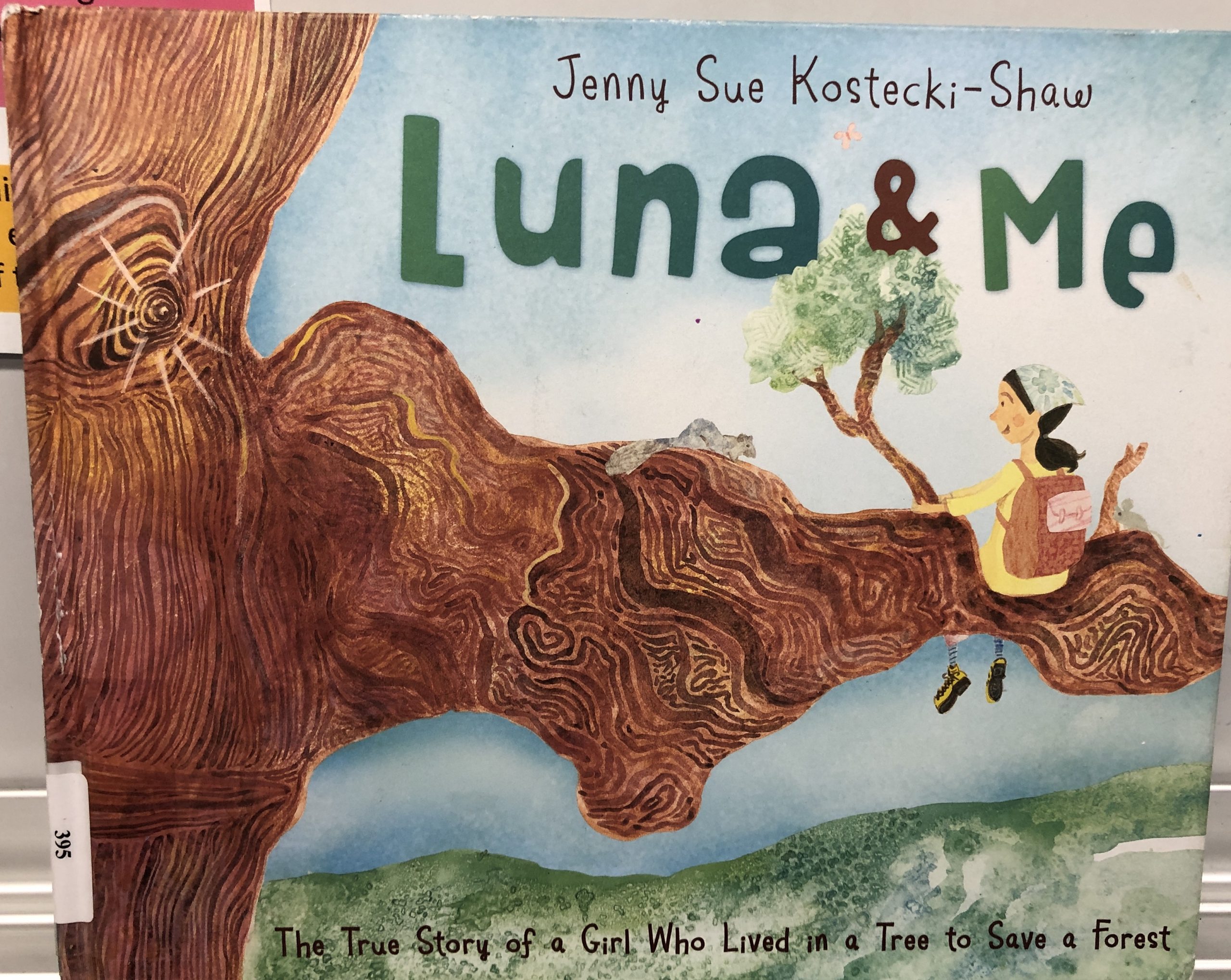

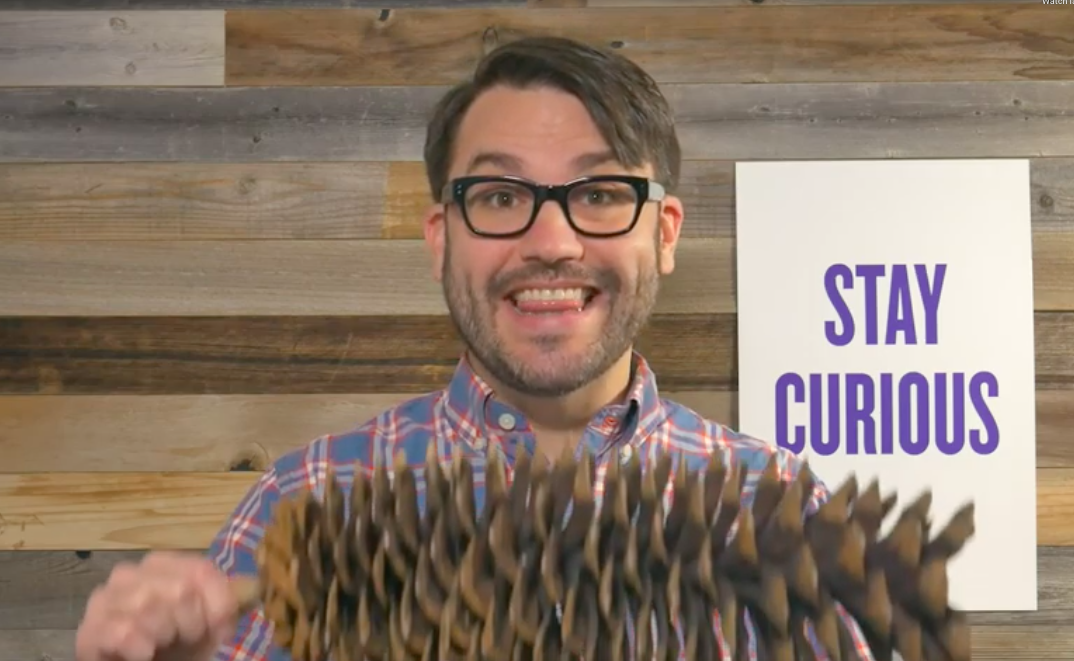
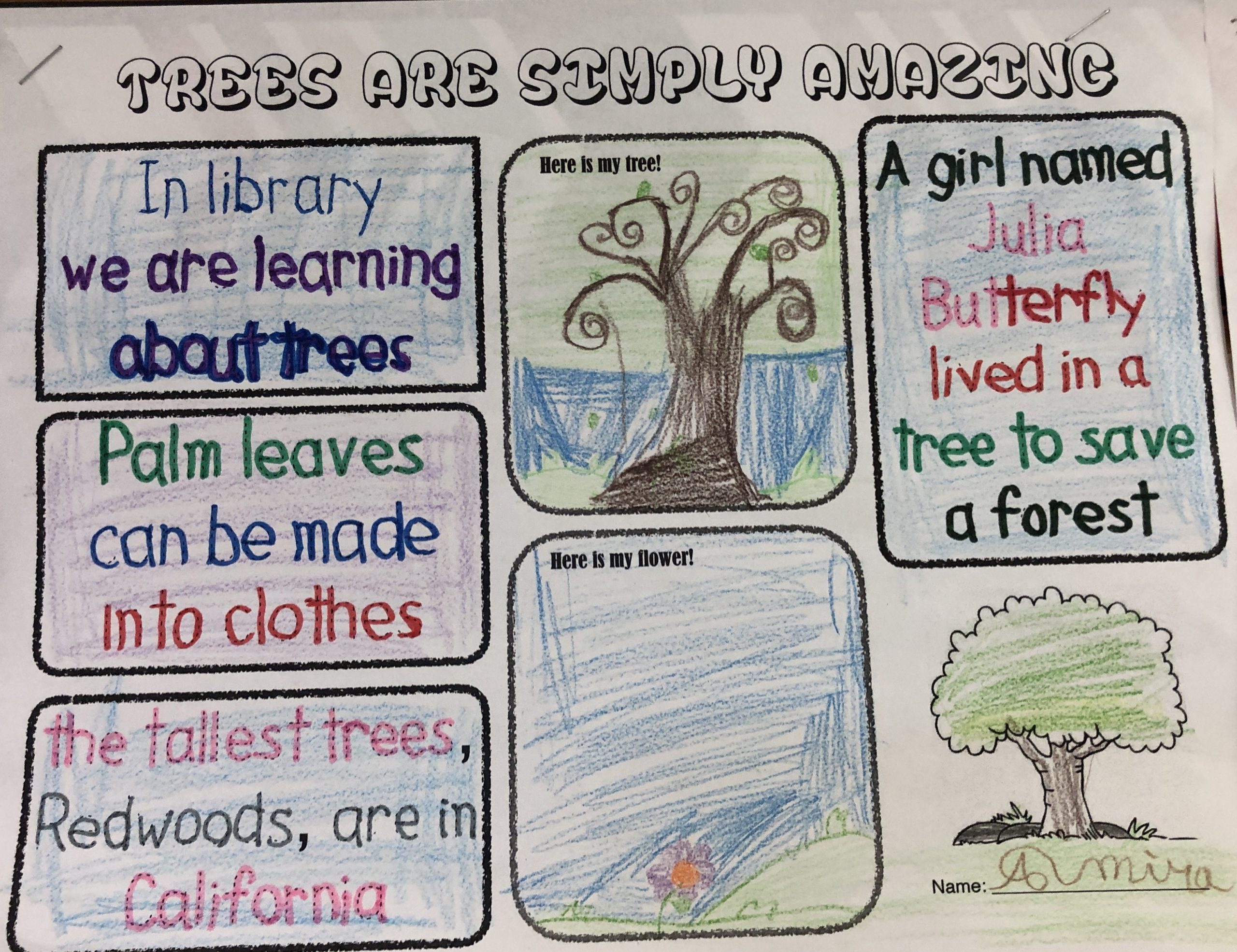
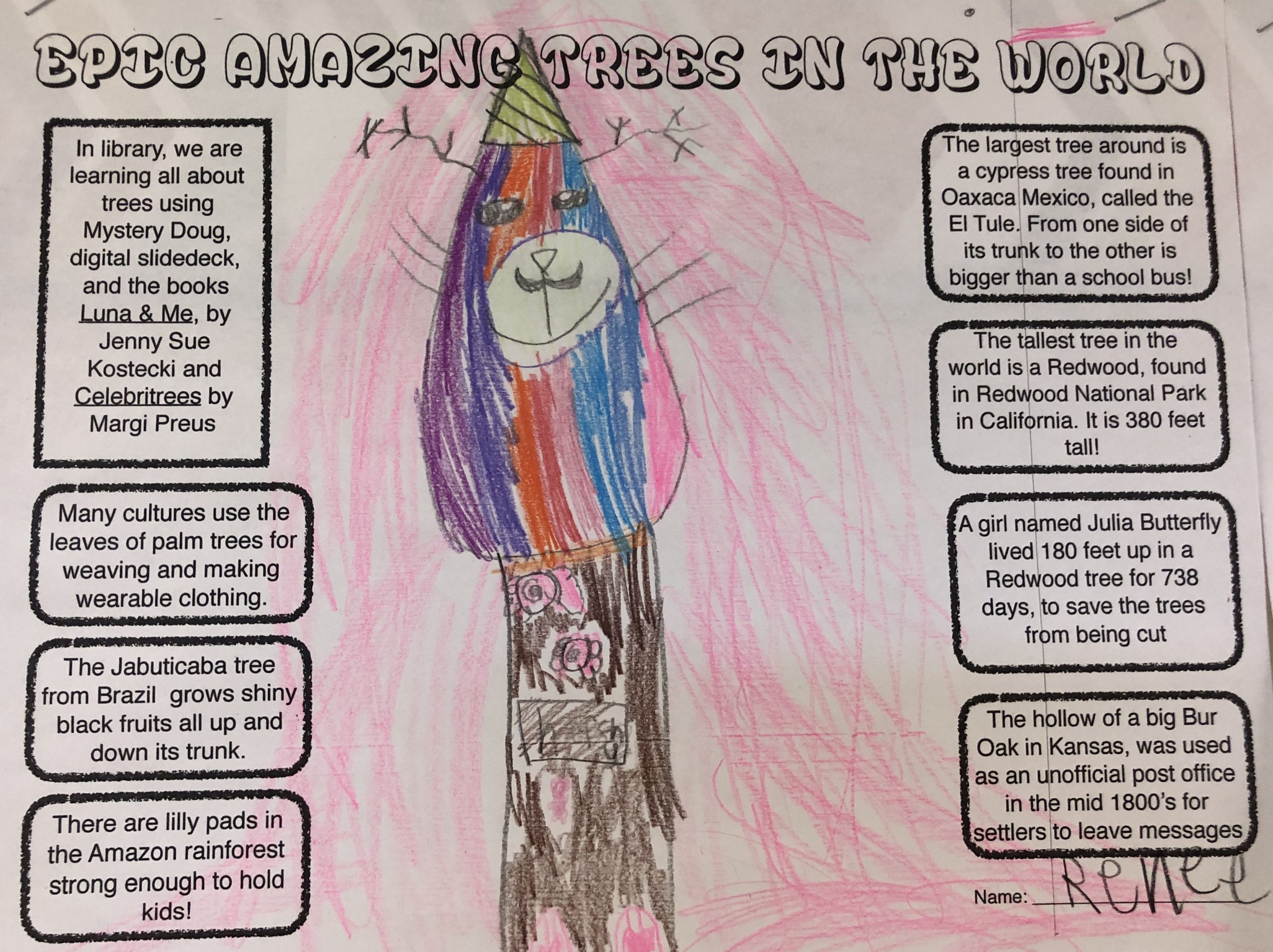

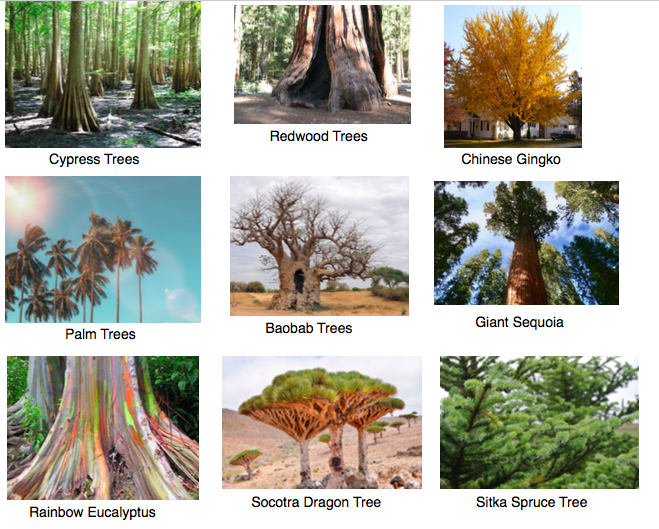
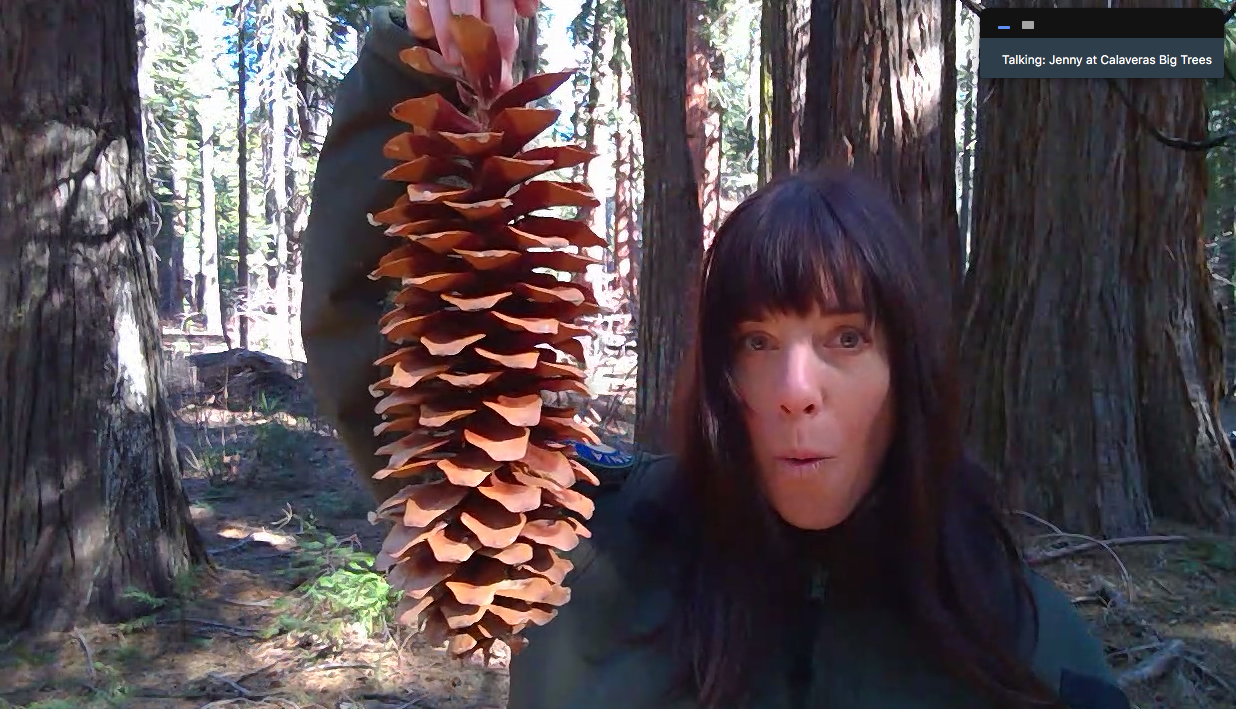
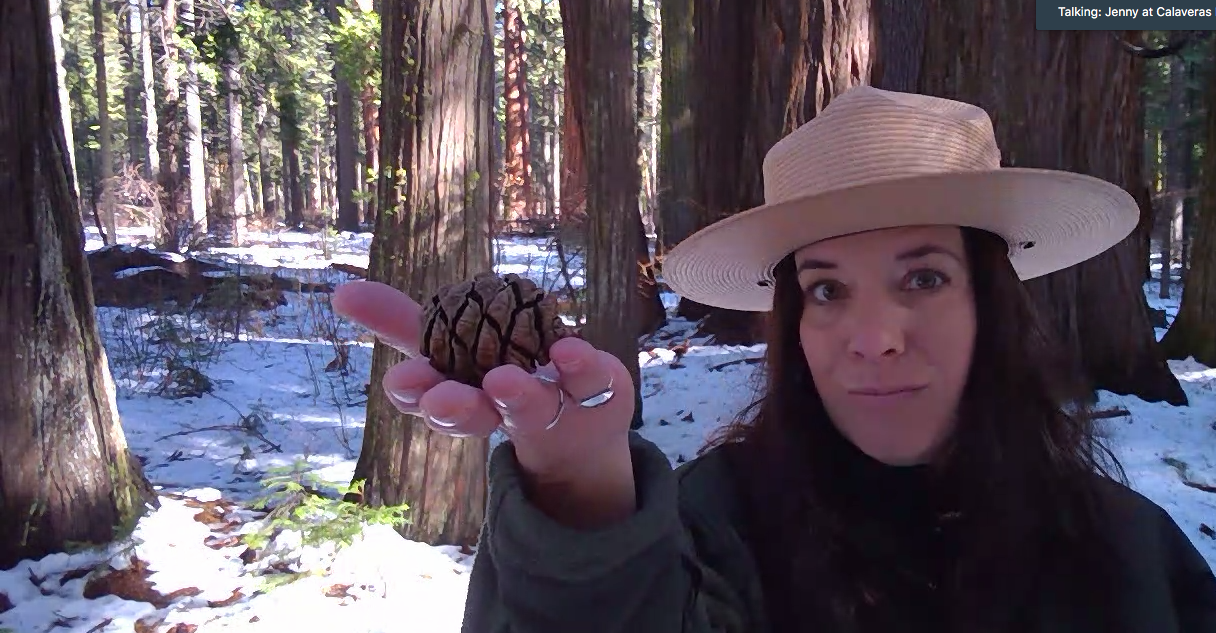


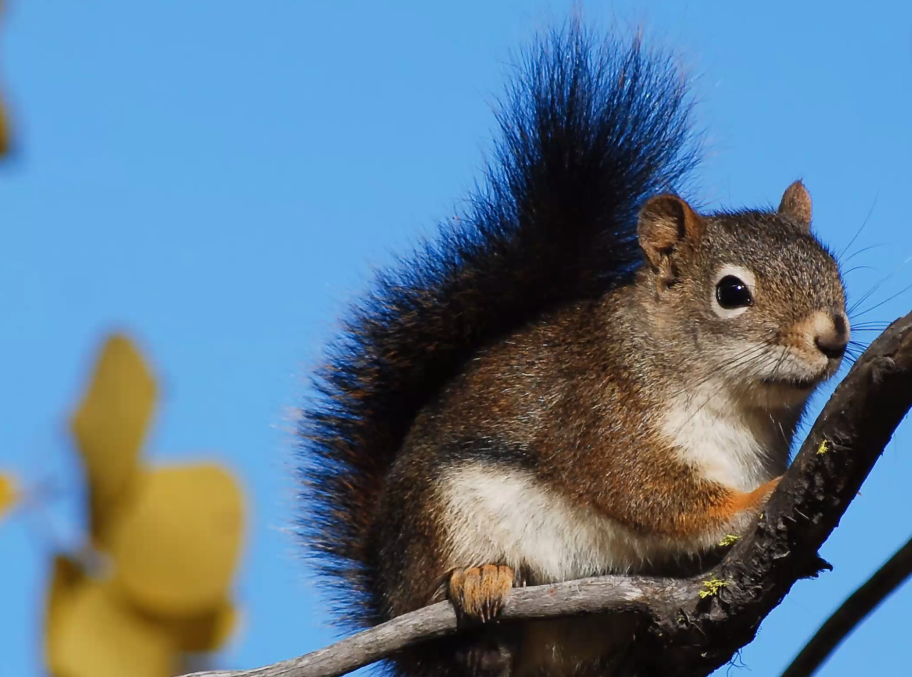

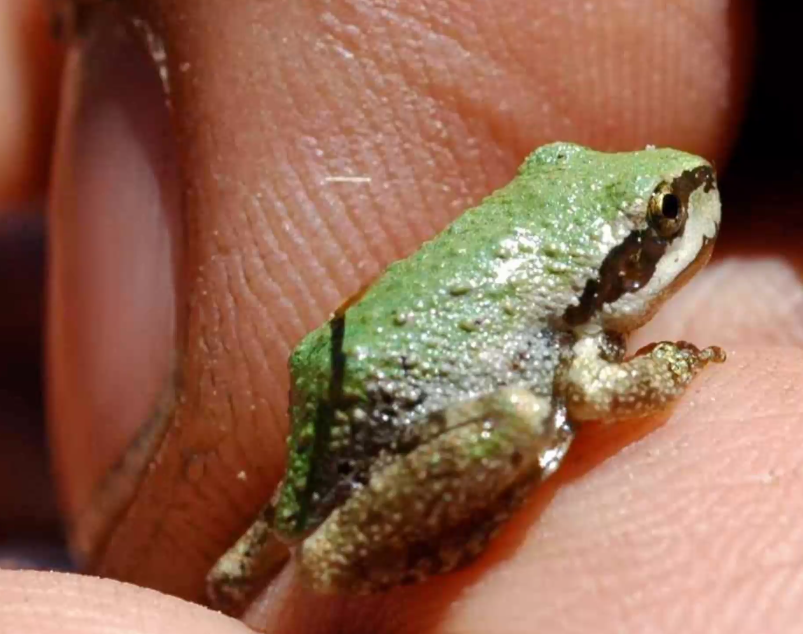
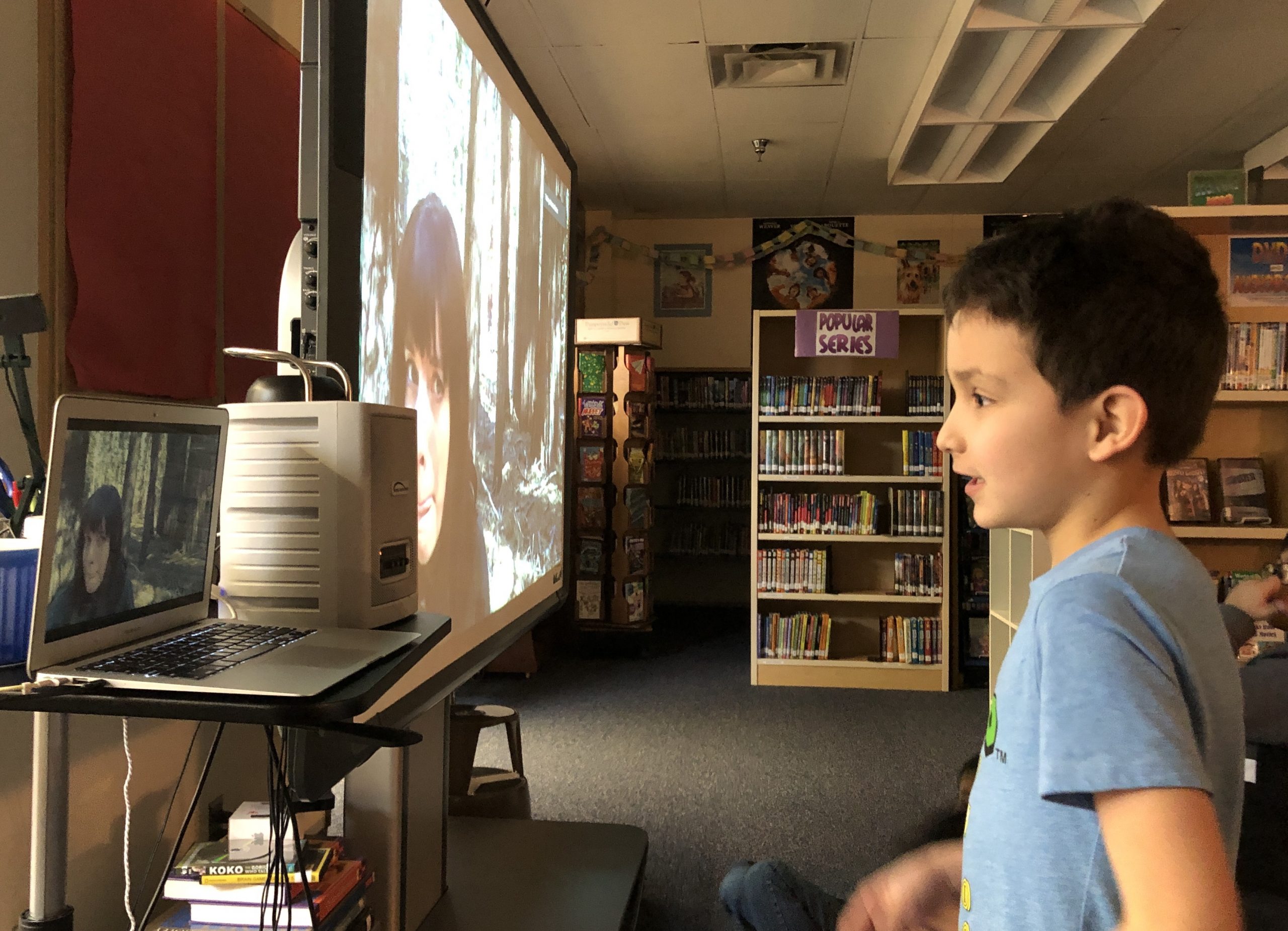
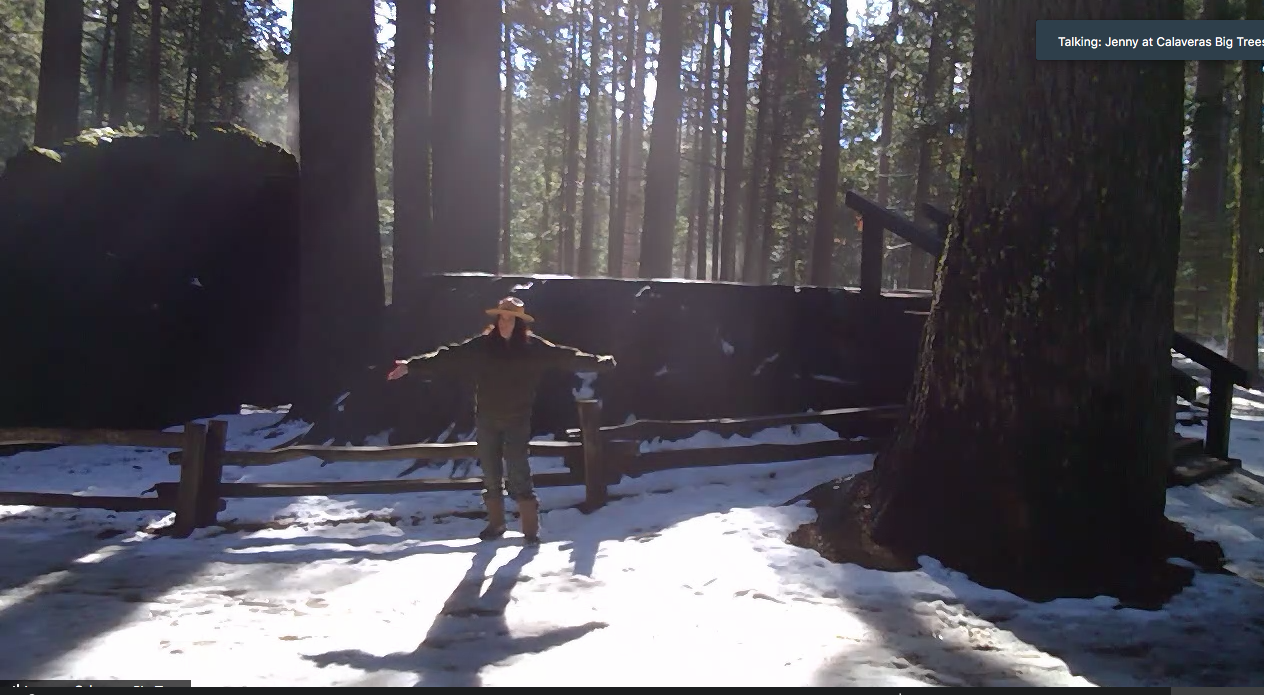

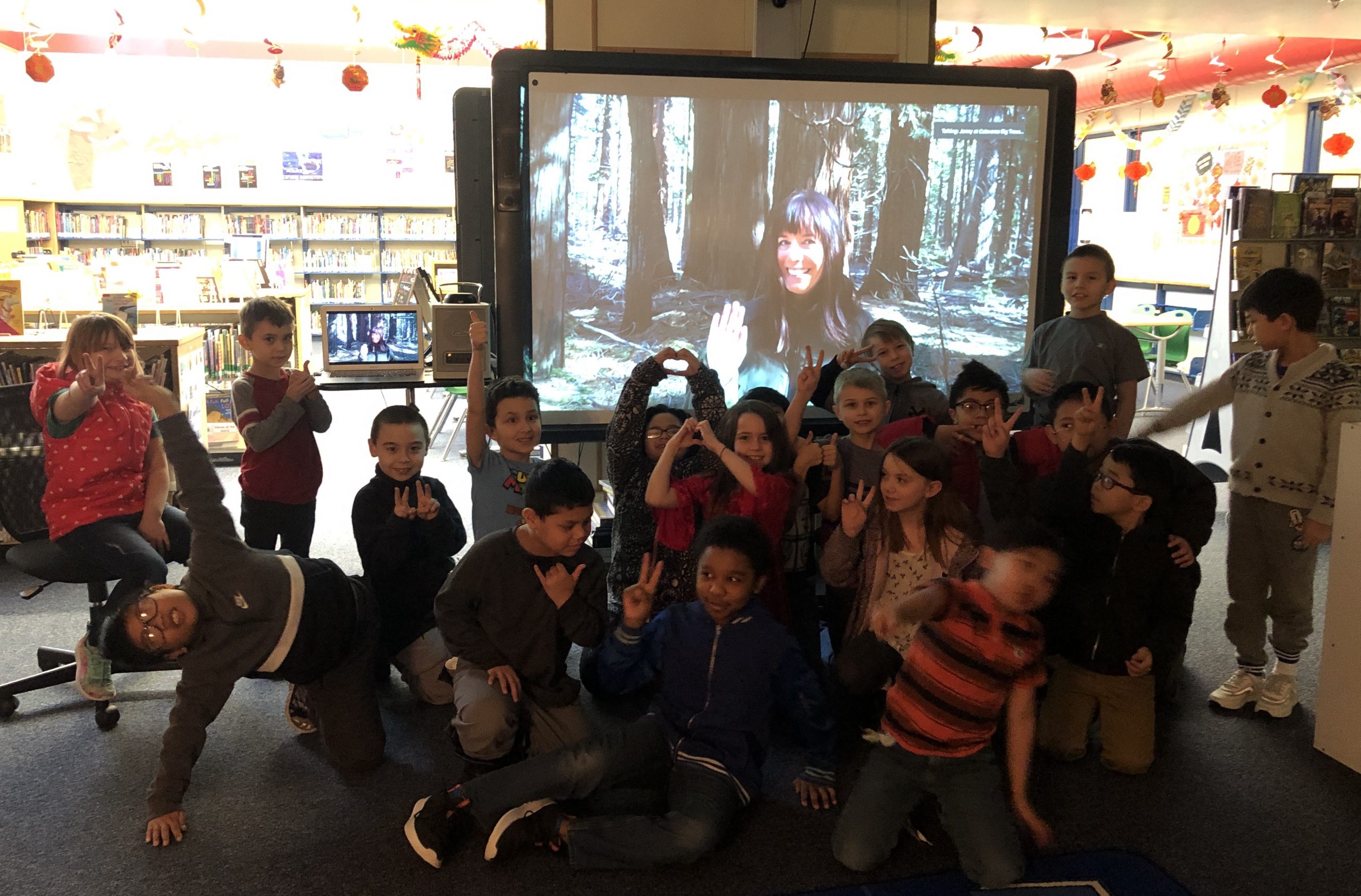
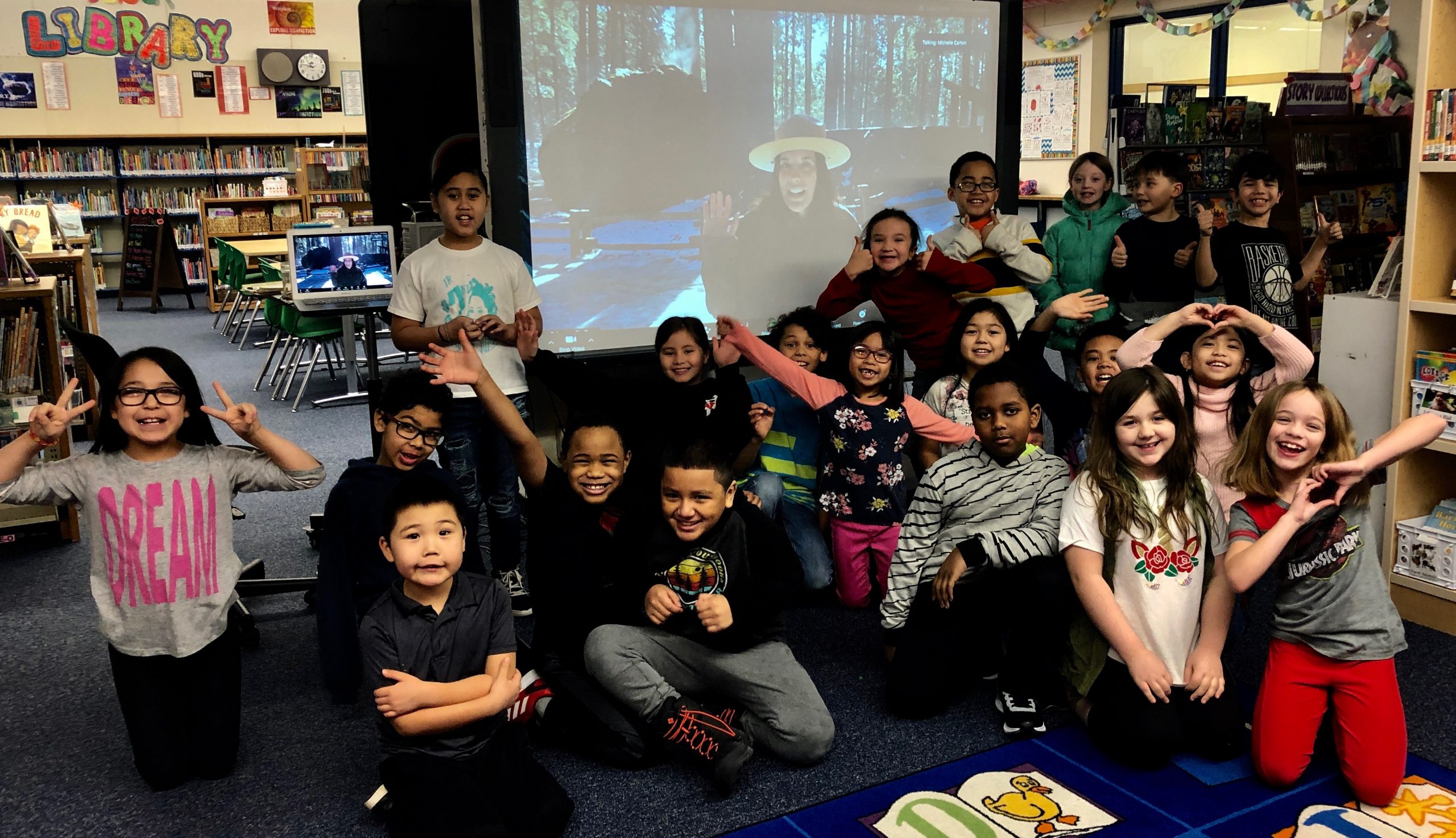
Recent Comments